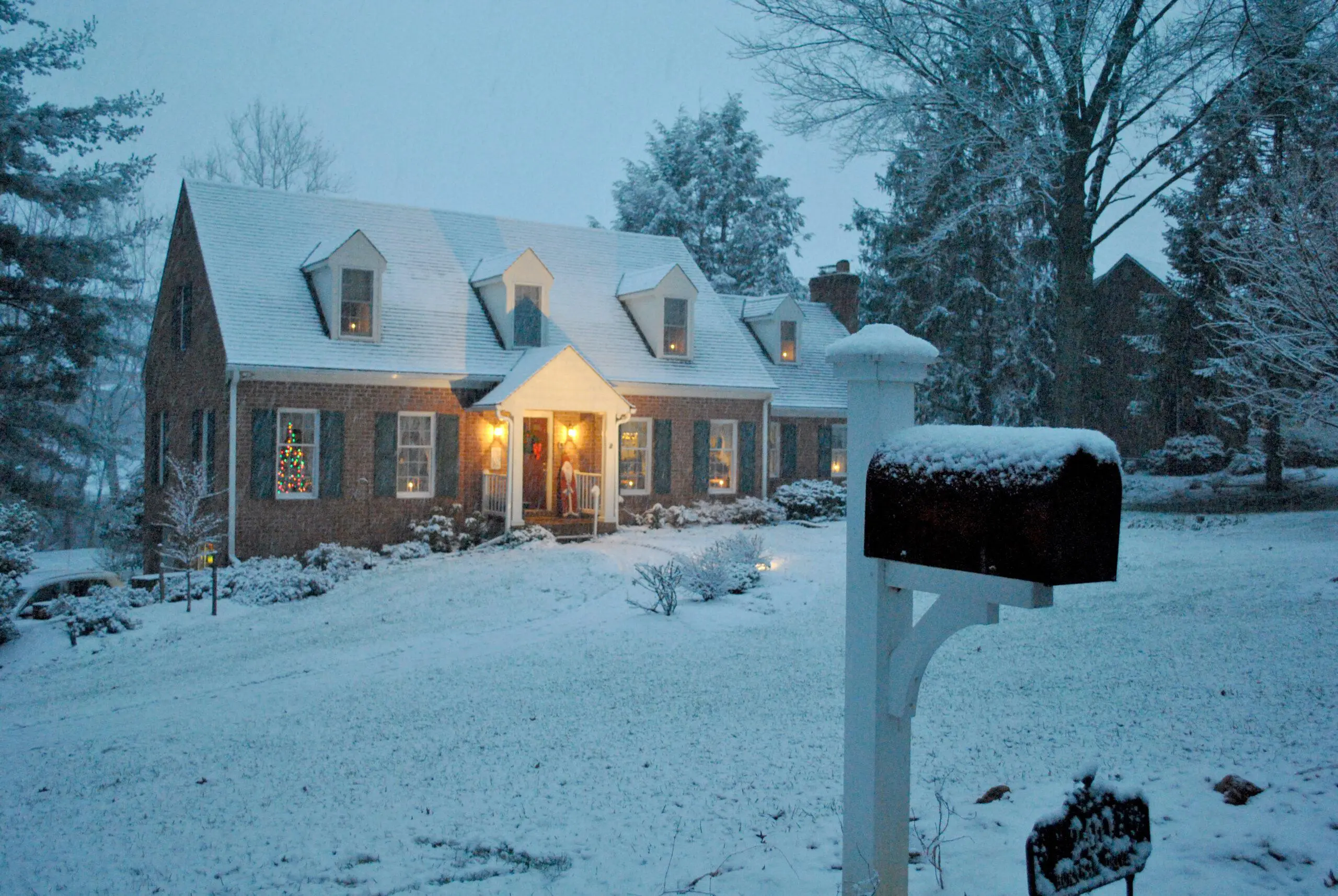Winter is coming! But there’s still time to prepare your home for the extreme temperatures. Winterizing your home will help protect against damage, keep heating and utility bills low, and keep your family safe and warm all winter long.
- Check the windows. Make sure your windows are in good repair. Replace worn or degraded weatherstripping and caulk any windows that aren’t properly sealed. Also replace caulk that has dry-rotted, crumbled, or peeled away from the seam. Apply window insulation film to add an extra barrier between your warm, cozy home and the frigid frost outdoors. Install or repair storm windows and replace any torn or ripped screens to keep out mice and other small, cold critters.
- Check for other openings. Speaking of mice and other critters seeking refuge in the comfort of your home, check around the perimeter of your home for cracks in the exterior or gaps between fixtures.
- Invest in frost-free water spigots. Outside faucets are easy to overlook in the winter. Frozen spigots can bust and crack, leaving a huge mess (and potentially a huge water bill) for you when spring comes. Frost-free water spigots will protect against busting and breaking. Best of all, they’re affordable and easy to install yourself.
- Properly store garden hoses. Turn off water to outdoor faucets and store your garden hoses for winter — but don’t forget to drain them! Water that sits in the coils of your garden hose all winter can freeze, burst, or otherwise damage garden hoses. Be sure to properly uncoil and drain all water from hoses before storing for the winter.
- Have your furnace inspected. It goes without saying that your furnace is the most important machine in your home during the long, cold, winter months. Now is a good time to change your furnace filters and check for any damage. John Waters Heating and Cooling offers many service and maintenance plans to keep your furnace running in tip-top shape all winter long.
- Use ceiling fans. It sounds counterintuitive, but yes – ceiling fans can help keep your home warm in the winter! Running your ceiling fans in reverse helps push the rising warm air back down into the room, keeping your home warmer and your heating bills lower.
- Combat the draft. Even with adequate weatherstripping, cold air can seep in around doors and windows. Use draft pads or roll up old blankets to place at the bottom of doors and windows, especially in low-traffic areas of the house that are easily overlooked.
- Calibrate your thermostat. There are a number of ways to DIY this, but to be certain your thermostat is working properly ahead of the cold winter months. John Waters Inc. service technicians can assist you with calibrating your thermostat, as well. This is also a good time to change the batteries and review the user guide if you’ve forgotten how to program it.

